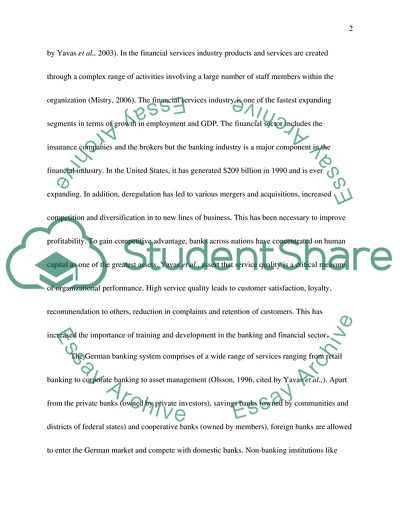Cite this document
(Training and Development in the Banking and Finance Industry Term Paper, n.d.)
Training and Development in the Banking and Finance Industry Term Paper. Retrieved from https://studentshare.org/human-resources/1704679-training-and-development-in-the-banking-and-finance-industry
Training and Development in the Banking and Finance Industry Term Paper. Retrieved from https://studentshare.org/human-resources/1704679-training-and-development-in-the-banking-and-finance-industry
(Training and Development in the Banking and Finance Industry Term Paper)
Training and Development in the Banking and Finance Industry Term Paper. https://studentshare.org/human-resources/1704679-training-and-development-in-the-banking-and-finance-industry.
Training and Development in the Banking and Finance Industry Term Paper. https://studentshare.org/human-resources/1704679-training-and-development-in-the-banking-and-finance-industry.
“Training and Development in the Banking and Finance Industry Term Paper”, n.d. https://studentshare.org/human-resources/1704679-training-and-development-in-the-banking-and-finance-industry.


